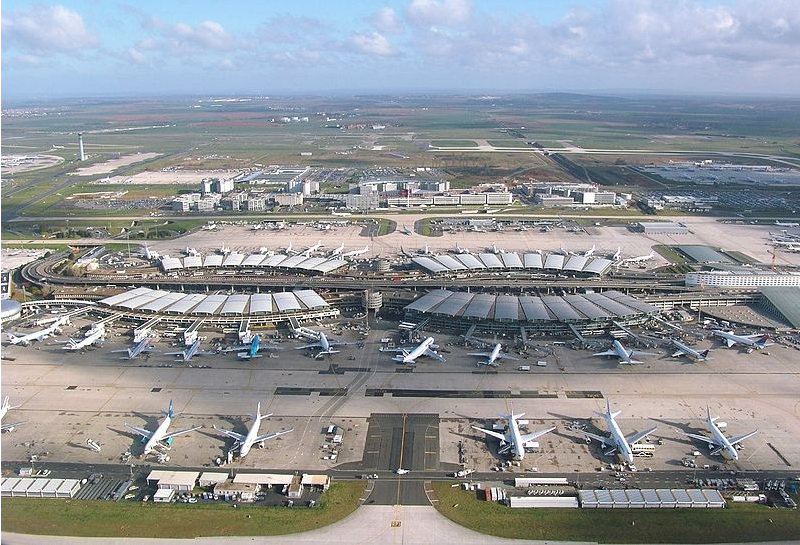The number of airports that have entered the decarbonization program has increased by 32% in 2022 compared to the previous year at one of the six levels of the program.
The Airport Carbon Accreditation program continues to be a hit. Last year, the airport decarbonization program initiated by ACI-Europe (the European arm of the Airports Council International) reached a total of 204 hubs accredited at one of the program's six levels, a 32% growth over 2021.
68 new airports have reached the higher levels of decarbonization
These airports are both international hubs such as Paris-CDG, London-Heathrow or Istanbul, almost all airports serving major European capitals (Ljubljana, Zagreb, Madrid, Oslo, Bucharest...) as well as smaller or business aviation airports such as Montpellier, Stuttgart and Farnborough. It is also worth noting that more European airports have achieved the higher levels of the program (level 3+: Neutrality, and level 4 and 4+: Transformation and Transition). 68 European airports achieved these levels during the period (May 2021-May 2022). A total of 89 airports have reached these levels globally. These levels require airports to align their carbon management and reduction trajectory with the objectives of the Paris Agreement, which requires that global warming be limited to below +2%, ideally below +1.5%. The creation of these levels date back to July 2019 and mark a shift in the program's ambitions, allowing airports of all sizes to accompany their trajectory towards full decarbonization and the goal of "net zero" by 2050.
11.9% reduction in carbon emissions
European airports have globally reduced their "Scope 1" carbon emissions (all direct emissions from fossil fuels: oil, gas, coal...) and Scope 2 (indirect emissions from electricity consumption and thermal networks) by 11.9% to be compared to an overall reduction rate of -8.1%. The total reduction amounts to 242,626 tons of CO2.
Découvrez cet article sur Air&Cosmos

